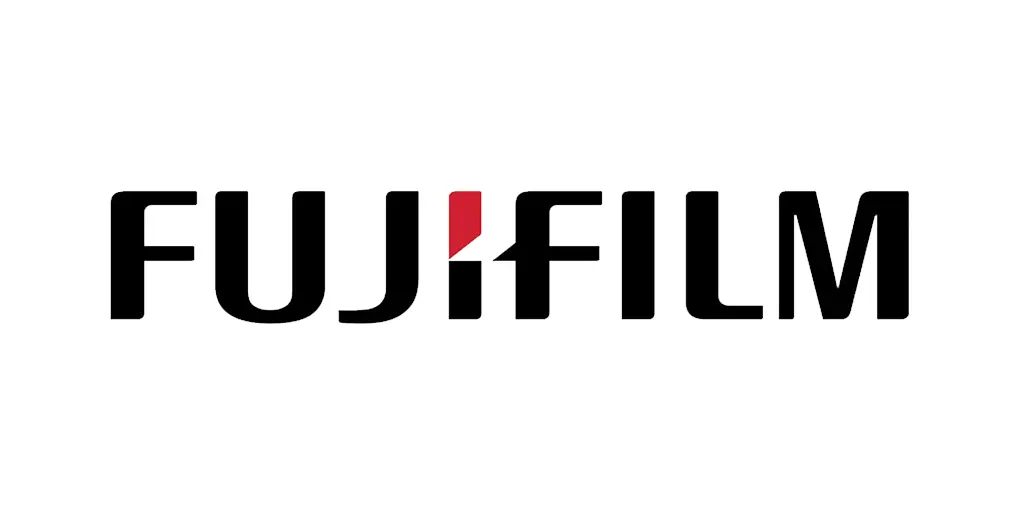Site Maintenance in Progress
Thank you for visiting! This staging site is currently undergoing updates and is not available for public browsing.
For the latest content and full site experience, please visit our live website at print-us.fujifilm.com. We appreciate your understanding.
